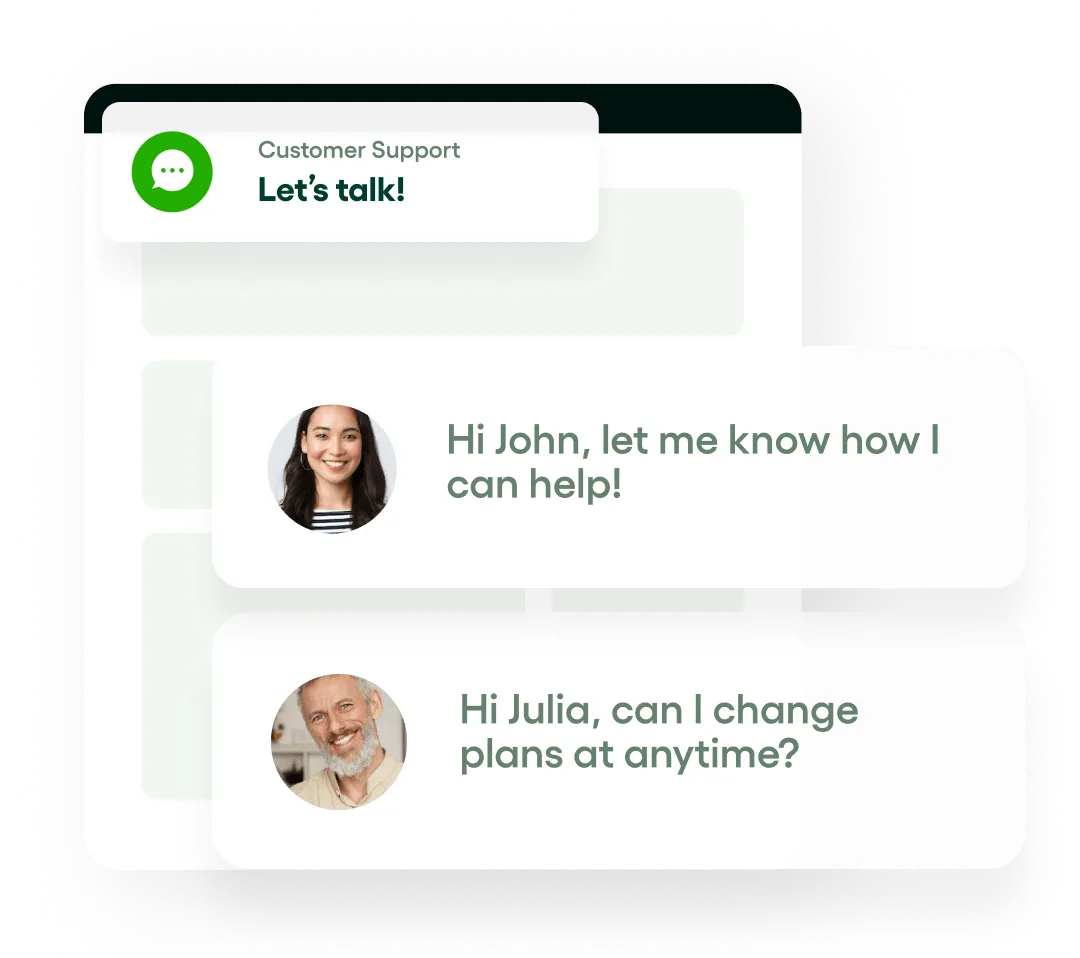Insights from thousands of business owners
on growing your business.
Master the basics of designing an effective workflow process with our beginner's guide. Streamline your operations and boost productivity effortlessly.
Maximize productivity with top strategies for enhancing cross-team collaboration. Unlock success through effective teamwork with expert tips.
Discover the power of cross-functional collaboration: grasp the concept and reap its benefits. Elevate teamwork and innovation in your organization today.
Unlock the secrets of resource forecasting with our ultimate guide for 2024. Stay ahead with expert insights and strategies for effective resource management.
Master the art of defining project scope with our expert guide. Explore key steps, understand its importance, and gain tips for successful project execution.
Gain insights into the roles, responsibilities, and key differences of a project leader. Elevate your leadership skills and drive project success effectively.
Experience the future of project management with AI-powered forecasting software. Streamline resource allocation and project planning for 2024 and beyond.
Master the art of project budgeting with our comprehensive guide. Learn creation, management, and success steps to ensure project financial success. Maximize your project's potential now.
Unlock the secrets of setting your consultation fees. Learn how to determine your market value and price your services effectively. Maximize your earning potential today.
Unravel the process and benefits of approval workflow systems. Streamline operations, enhance efficiency, and boost productivity effortlessly.
Learn proven strategies for building and enhancing strong team relationships in the workplace. Elevate collaboration and productivity today.
Explore the essence of team leadership: definition, importance, essential skills, and key responsibilities. Elevate your leadership prowess now.
Master the art of optimizing billable hours in law firms. Unlock key insights and strategies to maximize productivity and profitability.
Unlock the secrets of agile capacity planning with our step-by-step guide. Gain practical tips to streamline your project management process.
Discover the significance of schedule variance and master its calculation methods in this comprehensive guide. Enhance your project management skills today.
Discover the pros and cons of Scrum vs. Waterfall methodologies to find the perfect fit for your project. Get clarity on Scrum vs Waterfall now!
Master IT capacity planning with our step-by-step guide to ensure optimal performance and scalability for your tech infrastructure.
Explore strategies to understand and optimize your billable utilization, enhancing profitability and efficiency.
Learn the key differences between capacity planning vs resource planning to optimize your project management strategies.
Discover the essentials of capacity planning in 2024, including key methodologies and benefits for your business.
Unlock the secrets to mastering workload analysis in 2024. Optimize productivity and resource allocation with expert insights and strategies.
Explore the top 10 time tracking apps for 2024 to maximize your billable hours efficiently. Find the best tools to enhance productivity and profitability.
Learn the importance of resource allocation and how to optimize it in 2024, ensuring maximum efficiency and effectiveness in your projects.
Explore the impact and role of the Project Management Institute in shaping global standards and careers in project management.


Our friendly, speedy, Customer Support has all the answers and is here to help you.
Contact usYou get 7 days to try it for free. And if it's not what you expected, we guarantee your money back within the first two weeks.
Get started